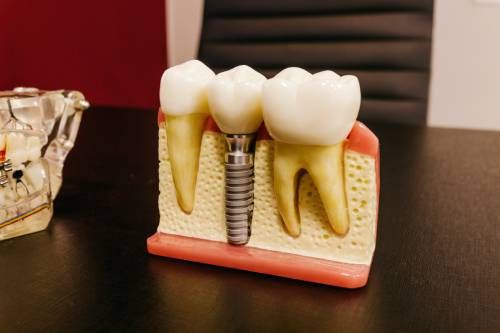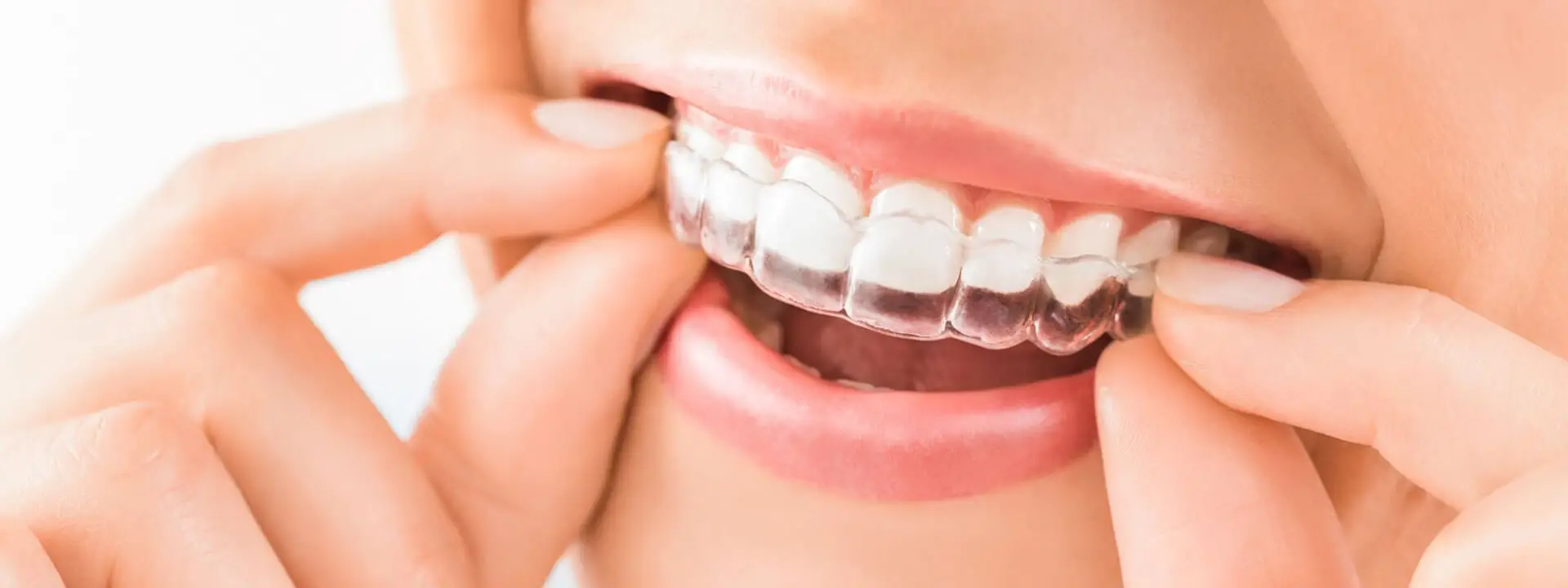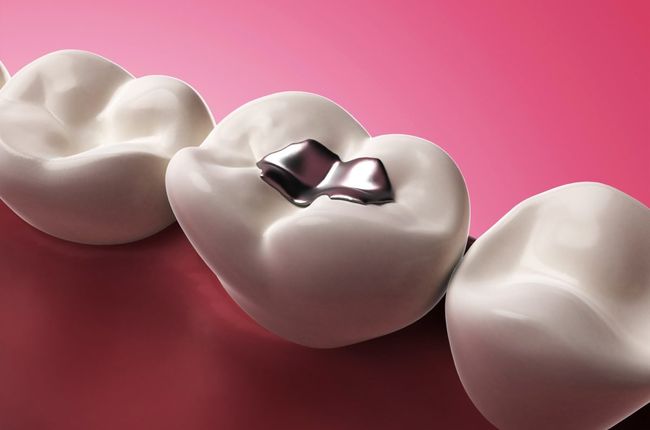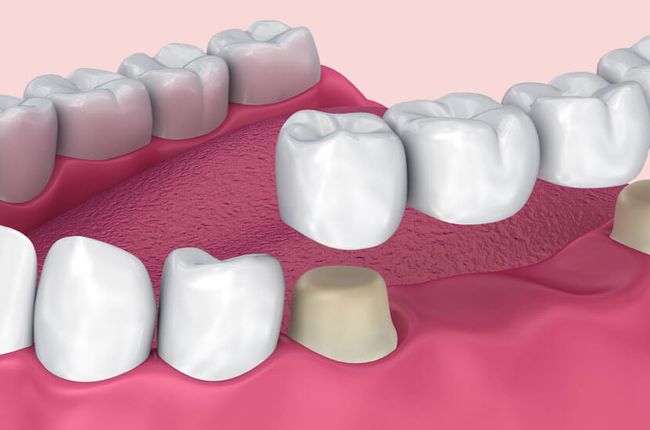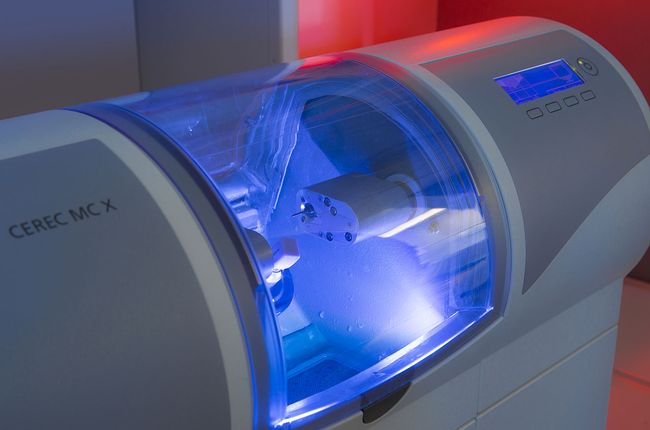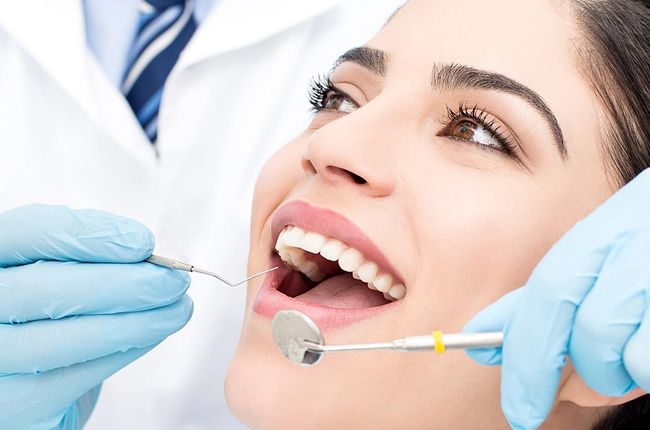Tooth extractions can be daunting, but they are sometimes necessary for your dental health. Whether you're facing the removal of a wisdom tooth or dealing with an infected molar, understanding what to expect afterward can ease your anxiety. Knowing the recovery process helps you prepare and ensure everything goes smoothly. This guide is designed to walk you through each step after tooth extraction in Redmond, OR, from immediate post-surgery care to long-term healing strategies. Let's dive into what lies ahead on your road to recovery!
The Tooth Extraction Process: Step-by-Step
Tooth extraction begins with a thorough examination. Your dentist will take X-rays to assess the tooth's position and surrounding bone structure.
Next, you'll receive local anesthesia to numb the area. This ensures that you won't feel any pain during the procedure. If it's a surgical extraction, sedation might be offered for added comfort.
Once you're ready, the dentist gently loosens the tooth using specialized instruments. This step may involve rocking or twisting motions to ease it from its socket.
If your tooth is impacted or requires surgical intervention, additional techniques come into play. The dentist may need to make an incision in the gum tissue or remove some bone.
After removal, they clean the site carefully and place gauze over it to control bleeding. Instructions for care will follow before you leave, ensuring you know what steps to take next on your recovery journey.
Recovery Period: What to Expect Immediately After Surgery
After your tooth extraction, the first few hours are critical. Expect to feel some numbness from anesthesia. This is normal and will gradually fade.
As the numbness wears off, you may start experiencing discomfort. Mild pain is common but manageable with prescribed medications or over-the-counter options.
Bleeding is another concern during this period. A small amount of blood-tinged saliva can be expected for a few hours after surgery. Bite gently on gauze pads to help control bleeding.
Swelling often peaks around 24 hours post-surgery. Applying an ice pack intermittently can minimize this effect and keep you comfortable.
Resting in a semi-upright position helps, too. Avoid strenuous activities for at least a couple of days to prevent complications and promote healing efficiently. Call us to learn more.
Managing Pain and Swelling During Recovery
Managing pain and swelling after a tooth extraction is crucial for a smooth recovery.
- Right after the procedure, you may experience discomfort. This is normal but can be managed effectively.
- Applying ice packs to your cheek can significantly reduce swelling. Use them in intervals of 15–20 minutes for the first 24 hours.
- Over-the-counter medications like ibuprofen or acetaminophen are often recommended by dentists in Redmond, OR to help control pain. Always follow your dentist's advice on dosages.
- Make sure to stay hydrated, as drinking water helps flush out toxins from anesthesia and promotes healing.
- Avoid hot foods and beverages initially; they can intensify discomfort and lead to further swelling. Stick with soft foods that require minimal chewing during this time.
- Listening to your body is key—if pain feels excessive or persists longer than expected, don't hesitate to contact your dental professional for guidance.
Tips for a Smooth Recovery: Dos and Don'ts After Tooth Extraction
After tooth extraction, your recovery can be much smoother with some simple dos and don'ts.
- First, stick to soft foods. Items like yogurt, mashed potatoes, and smoothies are gentle on your healing gums. Avoid crunchy or spicy foods that could irritate the site.
- Hydration is key. Drink plenty of water, but steer clear of straws for at least 24 hours. The suction can dislodge the blood clot necessary for healing.
- Rest is crucial too. Take it easy in the days following surgery; allow your body time to heal naturally without unnecessary strain.
- On the flip side, avoid smoking or using tobacco products during recovery. These can slow down healing and increase complications.
- Keep an eye on your oral hygiene as well. Gently rinsing with saltwater after 24 hours will help keep bacteria at bay without disturbing the extraction site.
Follow-up Care and Healing Time
After your tooth extraction, follow-up care is crucial for proper healing. Typically, your dentist will schedule a check-up within a week to assess the extraction site and ensure everything is progressing well.
During this time, keep an eye on any unusual symptoms like excessive bleeding or increased pain. If you notice these issues, don't hesitate to reach out to your dental professional.
Healing can vary from person to person. Generally, soft tissue takes about one to two weeks to heal completely. However, bone healing may take several months, depending on various factors such as overall health and the complexity of the extraction.
Maintaining good oral hygiene during recovery is essential. Gently rinse with saltwater after 24 hours, but avoid vigorous swishing that might disturb the area.
Stay hydrated and nourish your body with nutrient-dense foods to support recovery. Listen closely to what your body tells you; it's all part of the journey back to optimal health.
Long-Term Care for the Extraction Site
After your tooth extraction, maintaining the health of the extraction site is crucial for long-term recovery. It's essential to keep an eye on how it heals.
Regularly rinse your mouth with a saltwater solution after about 24 hours post-extraction. This can help prevent infection and promote healing.
Avoid smoking or using tobacco products, as they can hinder the healing process significantly. The chemicals in these substances may irritate the site and increase complications.
Staying hydrated also plays a vital role in recovery. Drink plenty of water, but avoid using straws for at least a week; suction can disturb the clot that forms over the extraction area.
If you notice any unusual symptoms—like excessive pain, swelling, or bleeding—consult your dentist immediately. Close attention now will pave the way for a healthier smile down the road.
Conclusion
Tooth extractions are a common dental procedure, and understanding what to expect can ease anxiety and promote better recovery. After the extraction, it's normal to experience some discomfort and swelling, but following proper care guidelines will help speed up your healing process.
Managing pain effectively is crucial. Over-the-counter medications or those prescribed by your dentist can keep you comfortable during the initial days. Applying ice packs helps reduce swelling as well.
Adhering to specific dos and don'ts post-surgery can make all the difference in your recovery journey. Soft foods are recommended while avoiding straws and vigorous activities for at least 24 hours after surgery.
Scheduling follow-up appointments allows your dentist to monitor healing progress. Maintaining good oral hygiene around the extraction site ensures the long-term health of not only that area but also surrounding teeth.
Understanding these aspects of tooth extractions in Redmond, OR, provides a clearer picture of how to navigate this procedure with confidence. Your commitment to aftercare plays a significant role in ensuring smooth healing and preventing complications down the line.
Select Care Dental offers pain-free tooth extraction services by our experienced doctors- Dr. Anderson and Dr.Nuttall. For more information and appointments, call us at (541) 923-7633, book online, or visit Dentist Redmond OR directly at 774 Southwest Rimrock Way, Redmond, Oregon 97756.


